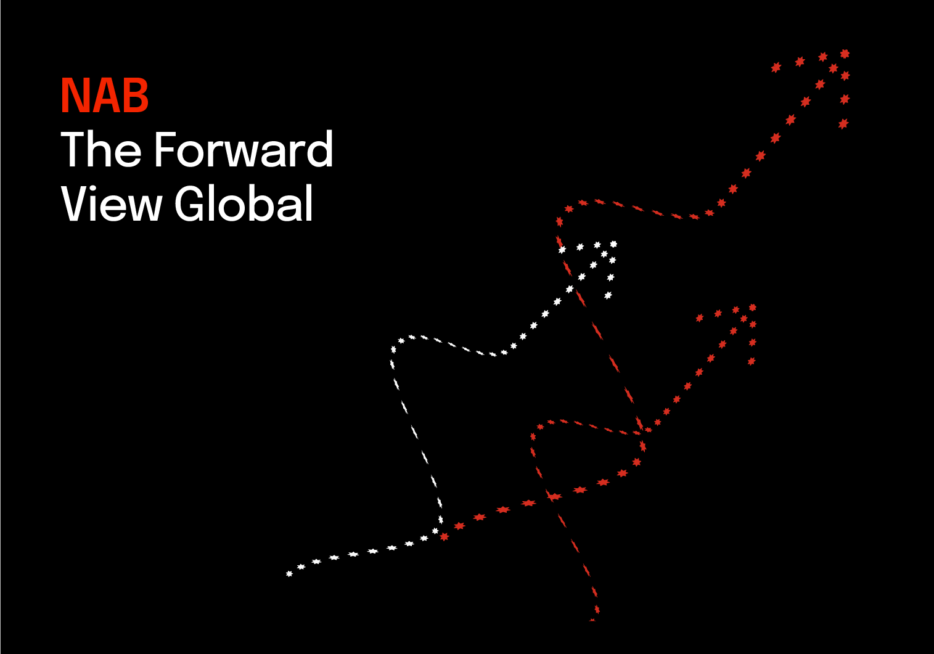Global growth headed for a H2 trough as tariffs start to bite


Insight
NAB Online Retail Sales Index data indicates that volatility continues in sales, with a jump in November sales after contracting in October.

NAB Chief Economist, Alan Oster commented:
Our NAB Online Retail Sales Index data indicates that volatility continues in sales, with a jump in November sales after contracting in October, and two solid months of growth in August and September prior. Online retail sales tend to be more volatile than broader retail, experiencing far greater monthly fluctuations, but the past nine months have been even more so. Looking through the month-to-month volatility, sales growth seems to have accelerated over recent months.
There has been much talk about the impact of Black Friday this year. Hence, we have taken a closer look at Black Friday, and put its impact in the context of broader month sales. While we cannot comment on any specific retailer, we did notice a significant spike when comparing this day to surrounding dates or the same event day in 2018. This spike was more noticeable for online retail (+62%), relative to the broader cashless retail indicator (+45%). However, in the context of the months sales, the effect is more limited (indeed monthly sales increases were relatively smaller compared to past years). This may be partly explained by potential inter-temporal shift in spending patterns, where consumers save earlier in the month to take advantage of the sales event. For more detail on this sales event we have a special in focus section below (see page 6 of the NAB Online Retail Sales Index).
In month-on-month terms, online sales point to continued rapid growth in the smallest sales category, takeaway food. Much larger sales categories, department stores, fashion, and homewares and appliances, rebounded in November after sales contraction in October. Though still positive, sales growth slowed for the second largest sales category, grocery and liquor, after four strong months. Growth in this category was driven by domestic merchants, which make up the bulk of sales. Sales growth for the third largest sales category, personal and recreational goods, accelerated in the month, and has seen general improvement in the past six months after period of weakness between mid-2018 and early 2019.
The three most populous states represent just over 80% of all online sales, slightly above their share of the population. Of these large sales states, Victoria leads in both month-on-month and year-on-year growth terms, followed by SA, NSW and WA. On average, online sales growth in Victoria has been higher than NSW over the past couple of years. Consequently, the gap in spend share between the two is narrowing.
Representing about two-thirds of all online sales, metropolitan areas recorded growth in line with the overall result, while regional areas grew faster. Victoria leads metro area sales growth in year-on-year terms, while Tasmania leads regional areas on the same basis.
By merchant location, both domestic and international retailers grew at rates consistent with the overall index, with domestic retailers slightly faster and international retailers slightly slower. Fashion, which is a key international category, grew faster for domestic merchants in the month, with international sales in this category weaker over the year. Domestic retailers also outpaced international in other key sales categories department stores and grocery and liquor. While homewares and appliances was a key area of growth for international retailers in the month, this category is dominated by domestic retailers who contributed more heavily to the headline result.
It is worth noting here that our definition of a domestic online retailer can include those merchants whose parent organisation might be overseas with an Australian subsidiary. Solely using GST as a key defining characteristic of domestic and international is no longer appropriate given changes made in July 2018.
For further details, please see the NAB Online Retail Sales Index November 2019
© National Australia Bank Limited. ABN 12 004 044 937 AFSL and Australian Credit Licence 230686.